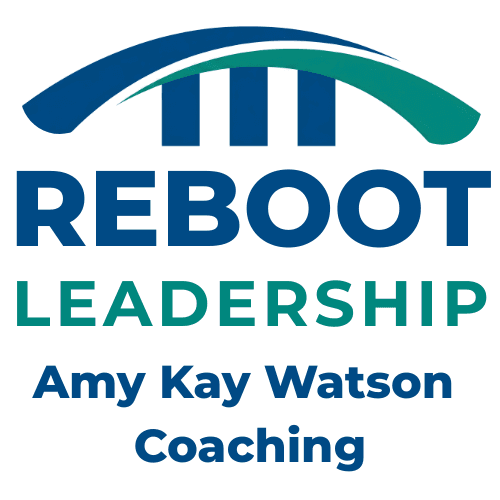Listen as a podcast
When something goes wrong, it’s easy to look for someone to blame. Accountability doesn’t always have to be reactive (see here for my thoughts on proactively managing accountability).
But simply pointing fingers doesn’t solve the problem. The FORD Method helps us dig deeper to find out why things went wrong, and how to make them right.
The FORD Method
The FORD method has four steps:
F: Find Root Causes
The first step is to focus on finding the root causes of the problem. This is where you should spend most of your time and effort. Instead of blaming, ask questions to understand what led to the issue. One effective way to do this is through Contribution Mapping.
Contribution Mapping Steps
To accurately assess accountability after a problem has been identified, follow these steps:
- Identify the Situation: Describe what happened. Go back in time as far as possible to understand the chain of events that led to the outcome.
- List the People Involved: Note down everyone who had a role in the situation.
- Identify Actions and Behaviors: Look at what each person did, whether it seemed right or wrong at the time.
- Assess Impact: Think about how each action impacted the situation.
- Uncover Underlying Beliefs or Values: Try to figure out why people acted the way they did, but confirm these guesses later.
- Look for Patterns: See if the same issues keep coming up.
- Evaluate Your Role: Take a moment to consider what you did.
Understanding all these aspects not only helps to solve the current problem but also helps to avoid similar issues in the future.
O: Own My Piece
After identifying the root causes, you should be clear about your role in the situation. Owning your piece might not take much time, but it requires setting your ego aside. If you find that challenging, you’re probably still focused on blaming others. Taking responsibility for your actions empowers you to make meaningful changes.
R: Research Solutions
Now, turn your attention to finding solutions. Take a little time to brainstorm different ways you could act differently in the future. If possible, consult with someone else to get more ideas before you decide your next steps.
D: Do it!
Now, turn your attention to finding solutions. Take a little time to brainstorm different ways you could act differently in the future. If possible, consult with someone else to get more ideas before you decide your next steps.
An example:
When Gabby became a manager for the first time, she found it hard to manage Liam, an easygoing guy who was well liked by his coworkers. But Gabby saw him as lazy and not caring about his job. She tried many things to get him to work better. She repeated her instructions, put him on a performance improvement plan, and even yelled at him.
Gabby didn’t choose to get coaching, but it was given to her. Fortunately, she was thankful to have someone to discuss her challenges with.
We spent time finding the root causes of the problem. We learned that Gabby had been Liam’s manager before. He moved to a different department but still had some connection to Gabby’s work. She was still upset that he left her department.
We made an effort to separate what Liam actually did from how Gabby saw it. For example, Gabby said Liam didn’t follow instructions. I asked her to give Liam a task and just watch what he did. She reported that Liam did complete the task, but not until three days after receiving it.
As we dug deeper, Gabby began to see how she played a role in their problems. It took her several weeks and a lot of self-examination to admit this. Once she did, we thought about many ways she could improve her relationship with Liam. We considered how she could talk to him differently, listen better, give him more space, or adjust her expectations.
In the end, Gabby chose to improve her listening skills. Over time, this made her relationship with Liam better. She found out that Liam did want to work; he just didn’t respond well to force.
Bottom Line
Accountability is more than just finding someone to blame. It requires thoughtful analysis and open communication. The FORD Method offers a structured way to understand what went wrong and how to make it right, both now and in the future.



Pingback: Managing Accountability Proactively – Amy Kay Watson